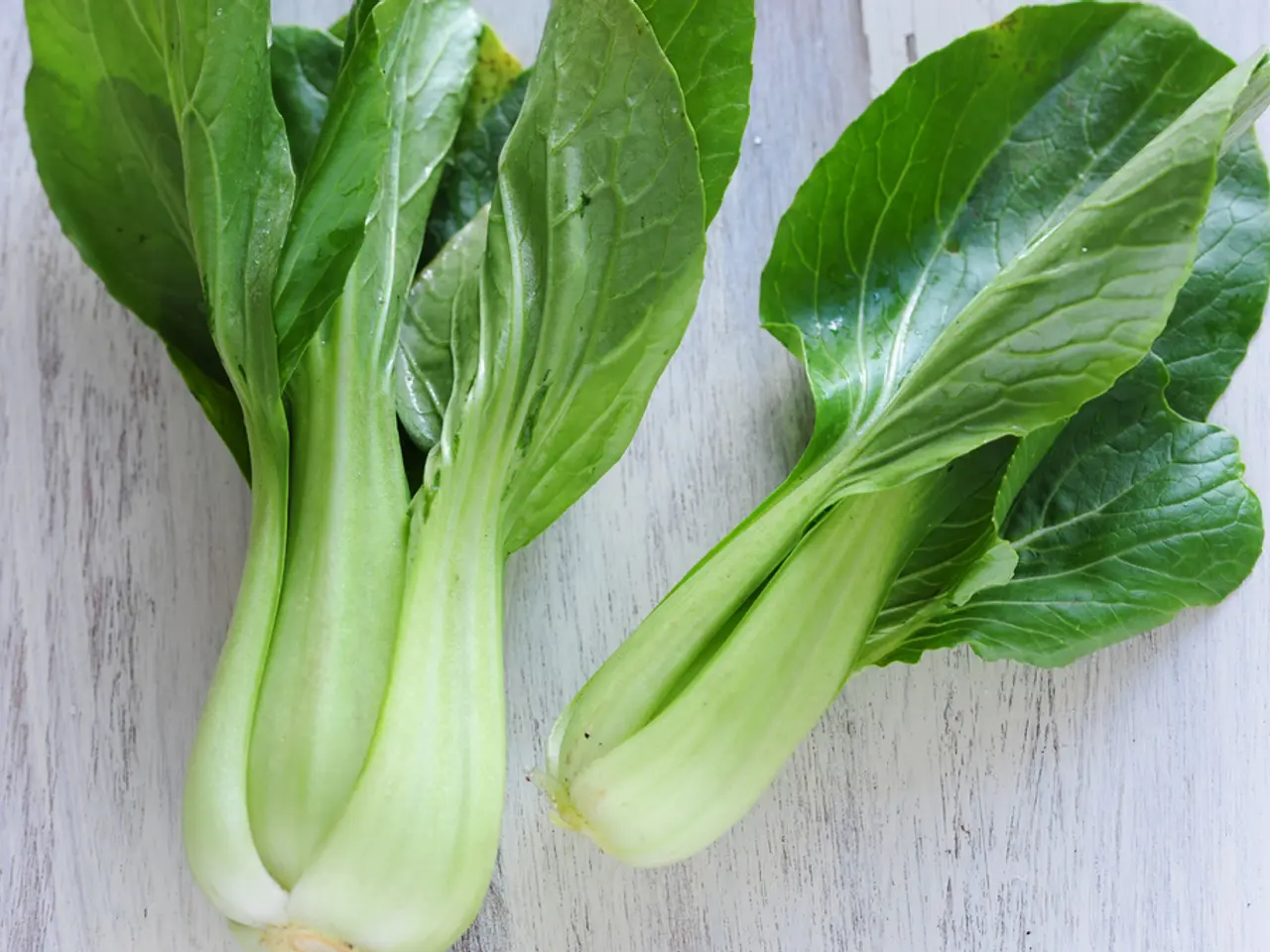Dietary Comparison: Starches and Non-Starches in Produce: Nutritional Breakdown and Classification
Starchy and non-starchy vegetables play a crucial role in a balanced diet, each offering unique nutritional benefits. Here's a breakdown of these two categories and why they're essential for your daily meals.
Starchy Vegetables
Starchy vegetables, such as potatoes, lentils, and sweet potatoes, contain more total starch than their non-starchy counterparts. This means they have a higher carbohydrate and calorie content. However, they are still a good source of fiber and essential vitamins and minerals, including potassium, vitamin K, folate, and magnesium.
Some starchy vegetables, especially beans, chickpeas, and lentils, are good sources of protein. Cooked chickpeas and lentils, for example, contain approximately 8-10 grams of fiber per 1/2 cup. A medium baked russet potato with the skin contains about 4 grams of fiber.
Starchy vegetables are also a great source of resistant starch. Resistant starch in starchy vegetables is broken down by gut bacteria to produce short-chain fatty acids, which have positive effects on the body, such as reducing blood sugar, weight, and cholesterol. It's worth noting that potatoes contain somewhat low amounts of resistant starch, but this increases when cooked and cooled.
Despite their carb content, starchy vegetables rank low to medium on the glycemic index, causing a slow, low rise in blood sugar levels. This is because they are made up of a complex carbohydrate called starch.
Non-Starchy Vegetables
Non-starchy vegetables, like broccoli, tomatoes, and zucchini, are very low in calories and high in fiber. They are also low in carbs and have little impact on blood sugar levels. Fresh and frozen whole vegetables are generally considered the healthiest options for both starchy and non-starchy vegetables.
Non-starchy vegetables are also rich in essential vitamins and minerals. For instance, cooked Brussels sprouts and broccoli contain approximately 5 grams of fiber per 1/2 cup. Beans, peas, and corn are particularly high in resistant starch.
When it comes to cooking methods, baking, boiling, and steaming are healthy options for vegetables. Limiting condiments and fried and processed vegetable products is recommended to maintain the nutritional benefits.
Daily Recommendations
Aim to incorporate at least 2.5 cups of both starchy and non-starchy vegetables into your daily meals. This will ensure you're getting a variety of nutrients and fibre, while keeping your calorie intake in check.
In conclusion, both starchy and non-starchy vegetables are essential components of a balanced diet. They provide a wealth of nutrients, fiber, and contribute to overall health and well-being.




